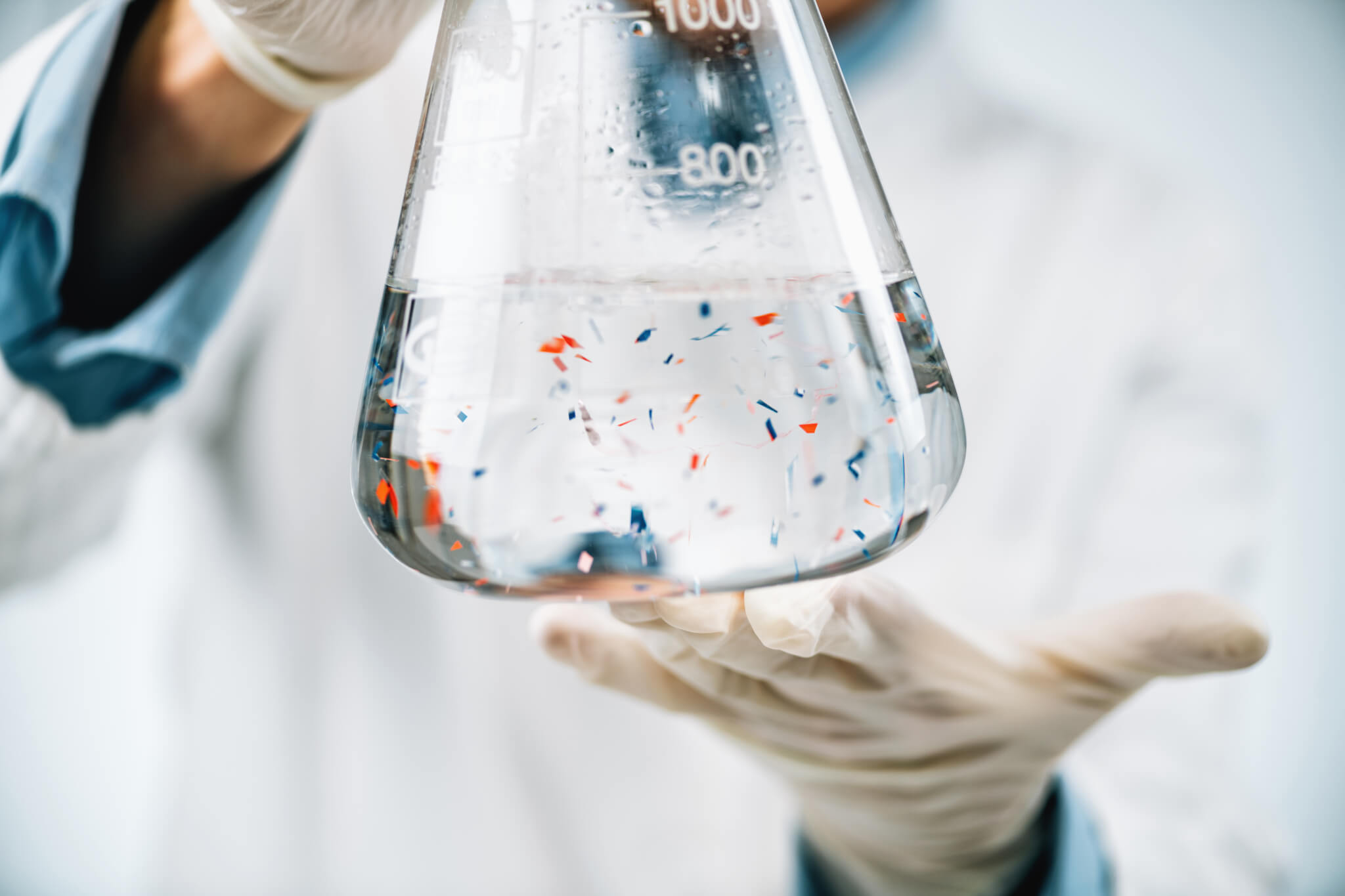NEW YORK — Want a glass of water from the tap without worrying about consuming microplastics? You may have to boil it first — just like you would with tea or coffee. An innovative new approach reveals that boiling calcium-rich tap water can eliminate nearly 90 percent of these minuscule nano and microplastic (NMPs) invaders.
Nano and microplastics, particles ranging from one thousandth of a millimeter to as large as five millimeters, are becoming a ubiquitous threat to our water supplies. While the full impact of these particles on human health remains under study, there’s growing concern over their potential to disrupt the gut microbiome. Current strategies to filter out NMPs often involve sophisticated and costly systems, leaving a gap for simple, cost-effective solutions to limit human exposure to these synthetic particles.
Enter the research team led by Zhanjun Li and Eddy Zeng — from the School of Biomedical Engineering at Guangzhou Medical University in China — who embarked on a quest to determine if the act of boiling could serve as an efficient method to purge NMPs from both hard and soft tap water. The team introduced NMPs into samples of hard tap water, then boiled these mixtures for five minutes. Upon cooling, scientists measured the levels of remaining free-floating plastics.

The secret to this method’s success lies in the chemistry of hard water, which is naturally high in minerals. When boiled, hard water forms limescale, or calcium carbonate (CaCO3), a familiar foe in kettles and pots worldwide. The researchers discovered that as the water’s temperature rose, calcium carbonate began to crystallize, trapping the plastic particles within its structure. Over time, these plastic-encapsulating crystals accumulate, much like the limescale deposits we often scrub away, offering a convenient means to remove NMPs from the water.
Zeng highlights that any residual crystals floating in the water after boiling can easily be filtered out using everyday household items, such as a coffee filter. The team’s experiments showed an impressive efficacy rate; in hard water with 300 milligrams of calcium carbonate per liter, up to 90 percent of NMPs were removed post-boiling. Even in soft water, which contains less calcium carbonate, boiling managed to eliminate about 25 percent of nano and microplastics.

This discovery paves the way for a simple, yet effective strategy to reduce our consumption of NMPs, making the daily act of boiling water for tea or coffee a potentially powerful tool in the fight against plastic pollution. The researchers received support from the National Natural Science Foundation of China.
The study is published in the journal Environmental Science & Technology Letters.
Dangers Of Microplastics In Human Diet
In recent years, the issue of microplastics has emerged as a silent but pervasive environmental threat. Originating from the breakdown of larger plastic items, microplastics have made their way into every corner of the globe, from the deepest oceans to the highest mountains, and alarmingly, into the human food chain.
Microplastics are found in a wide array of sources, including cosmetic products, synthetic clothing, and industrial processes. However, they also result from the degradation of larger plastic waste items in natural environments. These minuscule particles have been detected in tap and bottled water, seafood, salt, beer, and even in the air we breathe. Their omnipresence makes avoiding them completely nearly impossible, raising concerns about their impact on human health.
The long-term health effects of microplastic consumption are still under investigation, but early research suggests several potential risks:
- Gut Health: Microplastics may affect the human gut microbiome, the complex community of microorganisms living in our digestive tracts. These microorganisms play a crucial role in digestion, immunity, and overall health. Microplastics can carry pollutants and harmful bacteria, potentially disrupting the delicate balance of the gut microbiome.
- Toxicity: Microplastics can absorb and carry toxic chemicals, such as pesticides and industrial chemicals, which they pick up as they travel through various environments. Once ingested, these toxins may leach into the body, posing risks to health by potentially causing hormonal imbalances, developmental issues, and increased risk of chronic diseases.
- Physical Damage: Although the body can excrete small particles, there is concern that microplastics could accumulate in organs and tissues, leading to inflammation or other physical damage over time.
The widespread presence of microplastics means that most people are likely ingesting them through food and water. Seafood, particularly shellfish and fish that are eaten whole, are significant sources due to the accumulation of plastics in marine environments. Microplastics are not limited to seafood, though; they have been found in fruits, vegetables, and even in products like honey and sugar.

How To Reduce Exposure
While completely avoiding microplastics might be unrealistic, there are steps individuals can take to reduce their exposure:
- Minimize the use of single-use plastics: Opt for reusable bags, bottles, and containers whenever possible.
- Choose fresh and unprocessed foods: Limiting consumption of processed foods can reduce exposure to plastics used in packaging.
You might also be interested in:

How much energy and how many soluble thermal decomposition products. Sounds like a terrible idea.